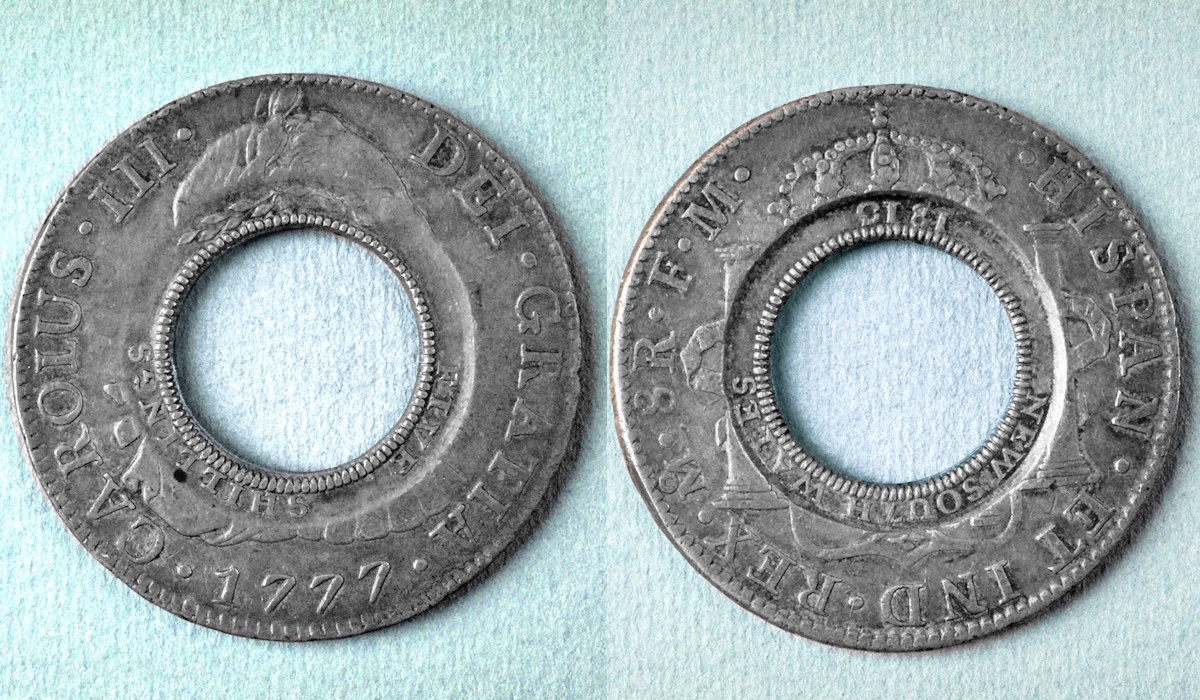국립고궁박물관, 이달(7월)의 추천 유물로 … – KS
– 왕실의례 전시실에서 관람 가능… 유튜브 통해 온라인 감상도 / 7.4.~ –
문화재청 국립고궁박물관(관장 김인규)은 7월의 ’큐레이터 추천 왕실 유물‘로 ‘고종과 명성황후의 혼례 때 사용한 비녀 목록을 적은 기록’(이하 ‘기록물’)을 정해 4일부터 왕실의례 전시실에서 공개하고, 문화재청과 국립고궁박물관 유튜브를 통해 온라인으로도 공개한다.
* 문화재청 유튜브: https://www.youtube.com/chluvu
* 국립고궁박물관 유튜브: https://www.youtube.com/gogungmuseum
기록물의 표지에는 ‘보잠발기(寶簪件記)’라는 제목이 붙어 있다. 보잠은 ‘보배로운 비녀’를 의미한다. 발기는 주로 왕실 의례에 소용(所用)되는 물품, 인명 등을 나열하여 작성한 목록으로, 한자로는 각 건(件)에 대한 기록[記]이라는 의미의 ‘件記’라고 표기하는데, ‘件’은 우리 옛말로 ‘ᄇᆞᆯ’로 불러 ‘발기’라고도 하였다.
한글로 작성된 이 기록물은 두툼한 붉은색 종이를 아코디언 식으로 접어 직사각형 형태로 만든 첩으로, ▲ 첩의 표지는 직물로 만들어 기록물의 품격을 높였다. 종이의 표면에는 물품의 목록을 바르게 쓸 수 있도록 표시를 해두었는데 ▲ 상당부에 기준점이 되는 작은 구멍을 내고, ▲ 그 아래 세로로 홈을 낸 칸을 마련하여 흐트러짐 없이 글을 쓸 수 있게 하였다.
비녀는 큰머리와 조짐머리 장식으로 나누어 작성하였다. ▲ 큰머리는 국가의 가장 큰 의례를 행할 때 입는 대례복에 갖추는 머리 모양이며, ▲ 조짐머리는 궁중 머리 모양 중 가장 약식의 머리 모양이다.
기록물은 별도로 부착한 작은 쪽지를 일컫는 첨지를 통해서 작성 시기와 배경을 파악할 수 있다. 부착된 종이에는 ‘병인 가례시 보오실 볼 아니 보오시니(병인년 가례 때 보내오실 때 본래 아니 보내오신 것)’라고 기록되어 있다. 즉, 병인년 가례인 1866년 고종과 명성왕후의 가례에 쓰였던 비녀이며, 처음에 도착하지 않았던 비녀를 다시 마련하면서 목록이 작성되었음을 알 수 있다.
발기는 업무상 확인을 위한 용도부터 최종 보관 용도까지 목적에 따라 다양한 형태가 확인된다. 그중 도톰한 색지와 직물로 된 표지를 갖춘 이 기록물은 여러 번 작성을 거친 최종 보관용으로 보인다.
해당 유물은 국립고궁박물관 지하층 ’왕실의례‘ 전시실에서 관람할 수 있으며, 박물관을 직접 방문하지 않아도 국민 누구나 볼 수 있도록 국립고궁박물관 누리집(gogung.go.kr)과 문화재청 ㆍ 국립고궁박물관 유튜브에서 국·영문 자막과 함께 해설영상으로 공개한다.
The National Palace Museum of Korea Presents “List of Hairpins Used in the Wedding Ceremony of
Emperor Gojong and Empress Myseongseong” as the Curator’s Choice for July
The National Palace Museum of Korea (Director: Kim In Kyu), an affiliate of the Cultural Heritage Administration of Korea, has selected “List of Hairpins Used in the Wedding Ceremony of Emperor Gojong and Empress Myseongseong” as its “Curator’s Choice from the Royal Treasures” for the month of July. It will be presented online in a YouTube broadcast on the channels of the Cultural Heritage Administration and the National Palace Museum of Korea starting July 4.
* National Palace Museum of Korea YouTube: https://www.youtube.com/gogungmuseum
* Cultural Heritage Administration YouTube: https://www.youtube.com/chluvu
The words “bojam balgi” are written in Hangeul on the cover of the List of Hairpins Used in the Wedding Ceremony of Emperor Gojong and Empress Myeongseong. Balgi refers to a type of royal court record listing items or people involved in royal rituals. This type of record was also known as “件記” (geongi) in Chinese characters, meaning a description of geon (people or things). Geon were known as bal in ancient Korean, hence the name balgi.
The record is a rectangular album comprised of thick red paper folded like an accordion and with its contents written in Hangeul. Fabric has been attached to the cover to add a sense of dignity. The surface of the paper features marks to ensure that the list of items would be written neatly. Small holes on the upper part of the record serve as reference marks for each row and a vertical groove below provides a rule line to keep the writing even.
The record lists hairpins used for two hairstyles – keunmeori and jojimmeori. A keunmeori was a style worn by women as part of a grand ceremonial outfit (daeryebok) for performing the grandest state rituals. A jojimmeori was the least formal hairstyle among those worn in the royal court.
The background of the production of this record is detailed in a small piece of paper attached to the record with the words “those that were not already among the ones sent for the wedding ceremony in the byeongin year.” This note indicates that the hairpins listed in the record were used at the wedding ceremony of Emperor Gojong and Empress Myeongseong in 1866 (a byeongin year; the third year in the sexagenary cycle), and that the record was made after some required hairpins that had not already arrived had been procured.
A diverse range of balgi remains today. They can take a variety of forms depending on the intended usage, such as for verifying the completion of official duties or for archival purposes. Characterized by thick paper and a fabric cover, this month’s Curator’s Choice appears to be a final version designed for archival purposes that was completed after multiple drafts and revisions.
The list is on display in the Royal Rituals of the Joseon Dynasty Gallery on the B1 floor of the National Palace Museum of Korea. Those who are unable to visit the gallery in person can still enjoy this month’s Curator’s Choice virtually through a video with Korean and English subtitles available on the museum’s website (gogung.go.kr) and on the YouTube channels of the museum and the Cultural Heritage Administration of Korea.

이 보도자료와 관련하여 더 자세한 내용 설명이나 취재를 원하시면 국립고궁박물관 임경희 연구관(☎02-3701-7631), 김재은연구사(02-3701-7633)에게 연락해 주시기 바랍니다.
출처: 문화재청




![[월간자동차] 25년 2월, 신차·중고차 판매량 반등…기아 쏘렌토 4개월 연속 판매 1위 | KS News [월간자동차] 25년 2월, 신차·중고차 판매량 반등…기아 쏘렌토 4개월 연속 판매 1위 | KS News](https://it.donga.com/media/__sized__/images/2025/3/19/95031b5f52b84f7e-thumbnail-1920x1080-70.jpg)
![[주간스타트업동향] 인포플라, 신용보증기금 ‘퍼스트펭귄 기업’에 선정 外 | KS News [주간스타트업동향] 인포플라, 신용보증기금 ‘퍼스트펭귄 기업’에 선정 外 | KS News](https://it.donga.com/media/__sized__/images/2025/3/19/887818d03e424230-thumbnail-1920x1080-70.jpg)

